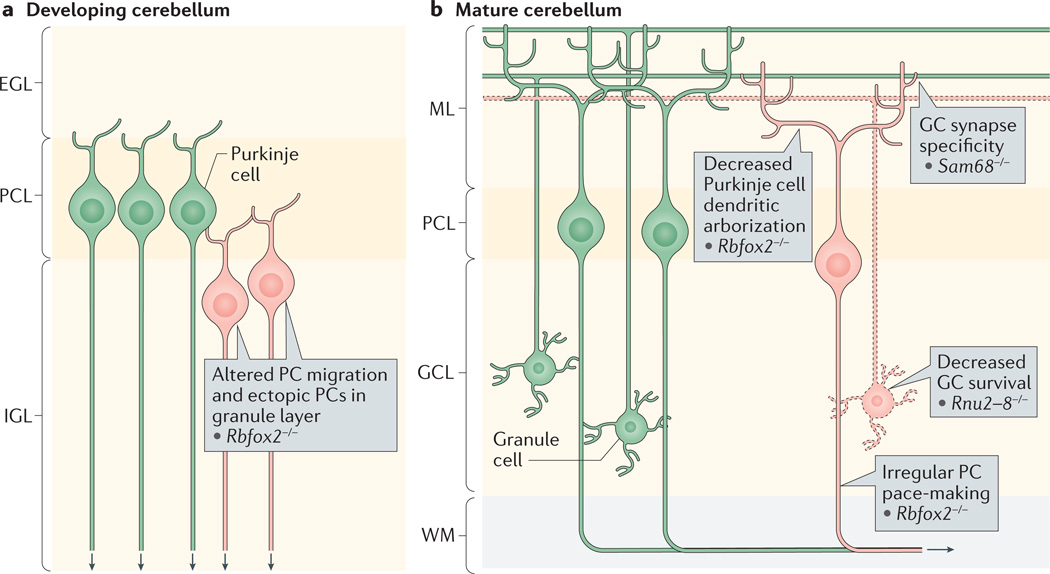Figure 3. Splicing regulators in cerebellar development and function.
a | RNA-binding protein fox1 homologue 2 (RBFOX2) is required for both Purkinje cell (PC) migration and mature function. The cerebellum in Rbfox2−/− mouse mutants exhibits a disorganized PC layer (PCL) with ectopic PCs found in the internal granule layer (IGL), as well as reduced PC dendritic arborization later in development. b | In mature PCs, RBFOX2 controls the splicing and expression of the sodium channel gene Scn8a, which is needed for proper PC pace-making. Splicing regulation is also required for granule neuron survival and proper synaptic specificity. Loss of the U2 small nuclear RNA, a core spliceosomal component that is partially encoded by Rnu2–8, leads to increased intron retention and progressive granule neuron death. In granule neurons, SRC-associated in mitosis 68 kDa protein (SAM68) affects trans-synaptic interactions through alternative splicing of neurexin. EGL, external granule layer; GC, granule cell; GCL; granule cell layer; ML, molecular layer; WM, white matter.

